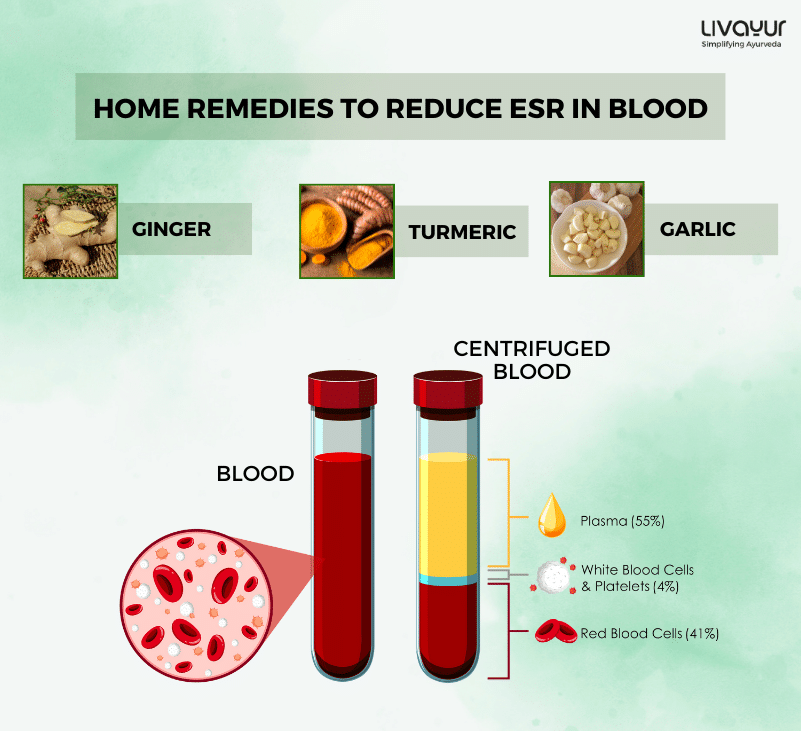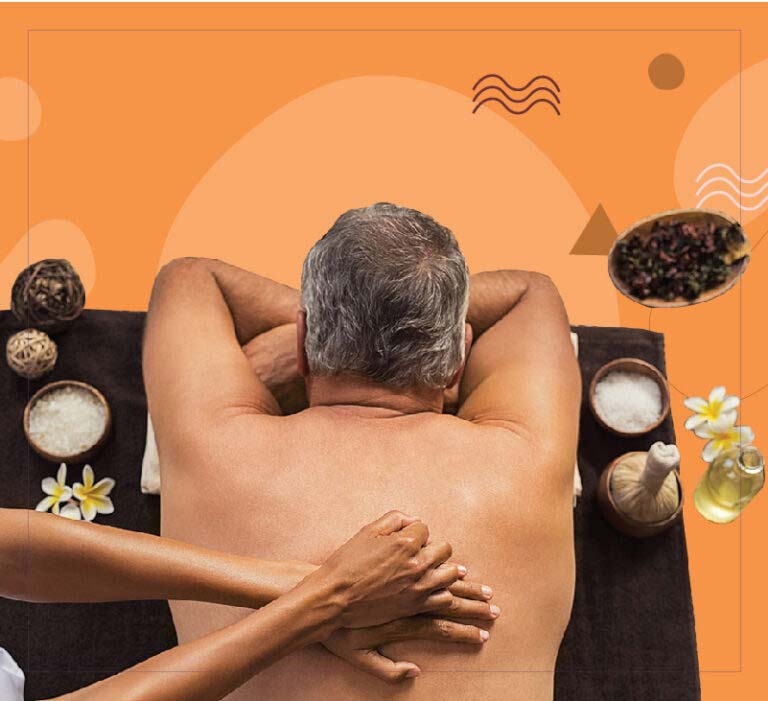 Panchakarma is a highly revered, researched and sophisticated holistic therapy in Ayurveda aimed at treating illnesses and conditions of the body caused due to improper dietary habits, sedentary lifestyle or genetic predisposition.
Panchakarma is a highly revered, researched and sophisticated holistic therapy in Ayurveda aimed at treating illnesses and conditions of the body caused due to improper dietary habits, sedentary lifestyle or genetic predisposition.
According to Ayurveda, the disease manifests in the mind and moves on to the digestive tract. As a result, our digestive (Agni) and physiological processes become compromised and the food we eat isn’t digested efficiently. This leads to accumulation of Ama – a sticky, heavy undigested waste in the body. This Ama along with the imbalanced doshas starts infiltrating the tissues, causing pathological changes in the body. This is the basic pathway of how a disease starts manifesting in the body.
Panchakarma aims to detoxify the Ama from the bodily tissues by adopting various purification and rejuvenation therapies. As the name suggests, Panchkarma is a five-step treatment approach that deeply cleanses the body and restores the balances of three Doshas – Vata, Pitta and Kapha. Ayurvedic doctors consider the health imbalance and Prakriti of the patient before recommending him/her one or more purification therapies.
The Five Steps of the Ayurveda ‘Panchakarma’ Procedure
The five steps of Panchakarma procedure are listed below:
- Vamana (emesis)
- Virechana (laxation or purgation)
- Vasti (enema)
- Nasya (instillation of medicines through the nose)
- Rakta mokshana (bloodletting)
Vamana:
Vamana, the first Panchakarma procedure is the best process for pacifying aggravated Kapha. Madanaphala is used in the emesis process. Vamana is indicated in various disorders such as bronchitis, asthma, COPD, dyspnoea, epilepsy, goitre, hypersomnia, indigestion and obesity.
Virechana
In Virechana, purgation is induced by giving a purgative herb to the patient. This process is aimed at eliminating Ama and excessive Pitta from the body. Virechana is recommended for patients suffering from – acid dyspepsia, acne, gastritis, anaemia, arthritis, atopic dermatitis, burning sensation, constipation, contact dermatitis, enlarged spleen and intestinal disorders.
Vasti
Vasti consists of introducing oil-based medicated substances in the colon. It helps purify and rejuvenate the colon, which is the primary seat of Vata Dosha. Vasti Karma has wide-ranging effects on the body and indicated in disorders such as – abdominal distension, anal prolapse, arm pain, arthritis, cervical-spondylosis, constipation, convulsion, depression, disorientation, facial paralysis, heart palpitations, etc.
Nasya
In Nasya therapy, the drug is administered through the nasal passage. This therapy is very effective in the treatment of allergic rhinitis, atopic rhinitis, migraine, sinusitis, epilepsy and viral catarrh. Taila and Shada Bindu Taila are generally used for b therapy.
Rakta Mokshana
Also known as therapeutic bloodletting, Rakta Mokshana cures diseases caused by vitiation of blood. Rakta Mokshana isn’t practised much but it remains a highly efficacious Panchakarma procedure. Medicinal leeches are employed in this procedure.
During Panchakarma, the diet and routine of patients are tailored to ensure their digestion (Agni) is supported and that there is no disturbance to the body and mind. The herbal medicines and procedures are specifically chosen depending on the Prakriti of each individual.
The Takeaway:
Panchakarma therapy has enormous potency and is deemed highly effective in fighting off diseases and conditions. Embrace this unique gift that Ayurveda has to offer, to maintain equilibrium between mind, body and soul and lead a disease-free life!





















Heya! I just wanted to ask if you ever have any issues with hackers? My last blog (wordpress) was hacked and I ended up losing a few months of hard work due to no data backup. Do you have any solutions to stop hackers?